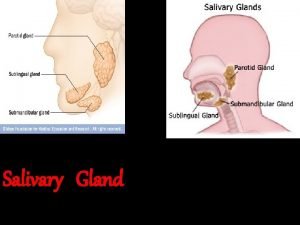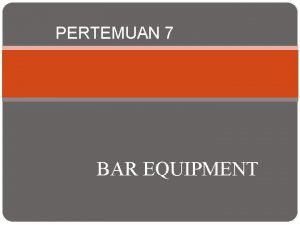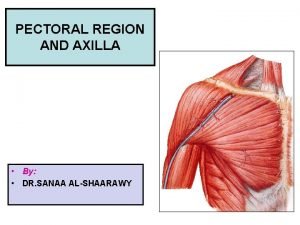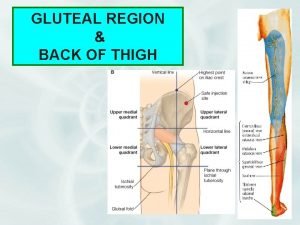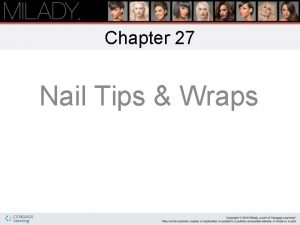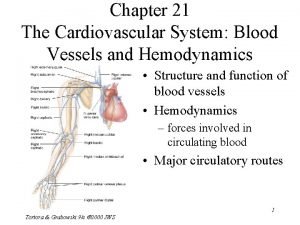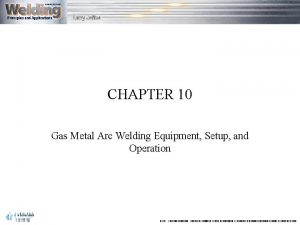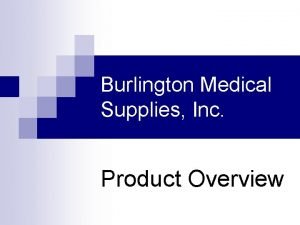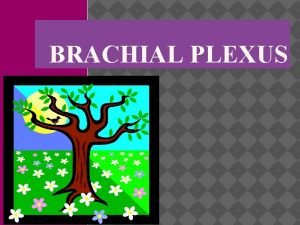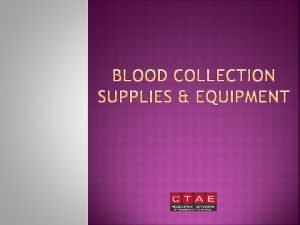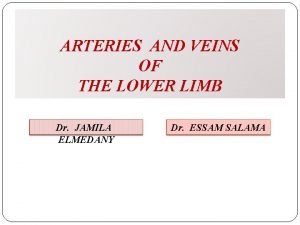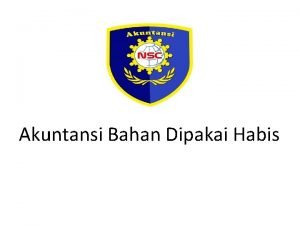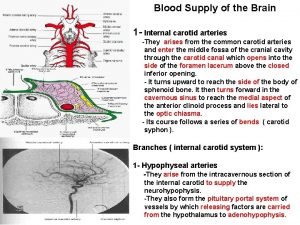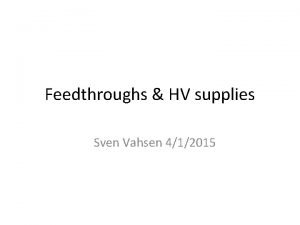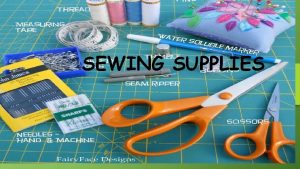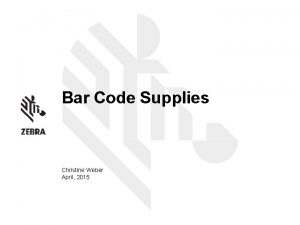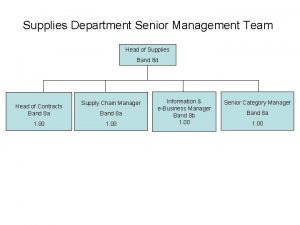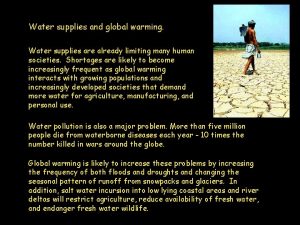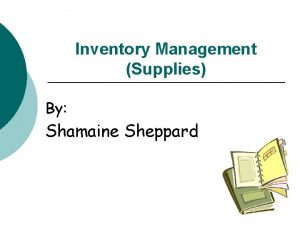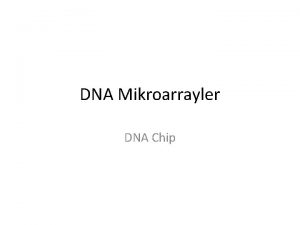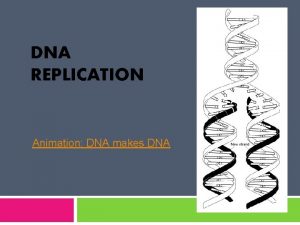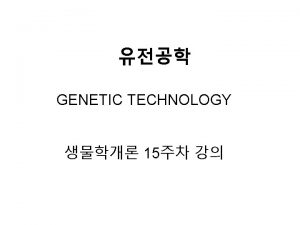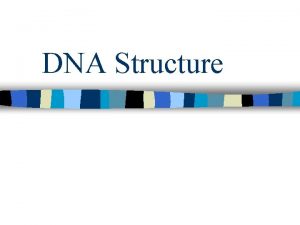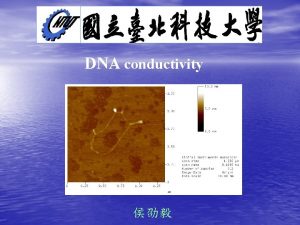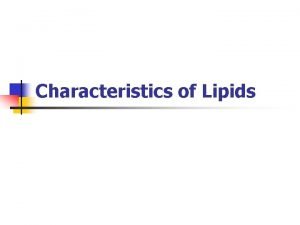DNA Characteristics of DNA 1 2 3 Supplies


























- Slides: 26

DNA

Characteristics of DNA 1. 2. 3. Supplies instructions for cell processes, like how to make proteins Can be copied each time a cell divides It is the “blueprint of life”, every living thing has DNA

DNA Structure l l Is a nucleic acid that is double stranded Made up of subunits called nucleotides

A nucleotide consists of 3 parts: 1. 2. 3. Phosphate Sugar Nitrogen base: adenine (A), guanine (G), thymine (T), cytosine (C)

Section 12 -1 Structure of DNA Nucleotide Hydrogen bonds Sugar-phosphate backbone Key Adenine (A) Thymine (T) Cytosine (C) Guanine (G)

Scientific Contributions Watson and Crick: made a model of DNA structure in 1953 l The “Double Helix” looks like a twisted ladder l l l Sides of the ladder are alternating sugar and phosphate units Rungs are the bases held together by hydrogen bonds A always pairs with T and C always pairs with G

DNA Replication l Def: Ability of DNA to make an exact copy or a new strand of DNA from an old one

The Steps in Replication 1. 2. 3. 4. Start with a DNA molecule Hydrogen bonds break and the strands separate (unzip) Add matching nucleotides The result: 2 identical DNA molecules ½ old strand, ½ new strand

Drawing DNA Replication: Step 1

Drawing DNA Replication: Steps 2 and 3

Drawing DNA Replication: Step 4

DNA Replication:

Chromosomes l Tight coils and supercoils of DNA and protein

Section 12 -2 Chromosome Nucleosome DNA double helix Coils Supercoils Histones

Protein Synthesis

Genetics: The Science of Heredity Genes and the Genetic Code Gene: a segment of DNA on a chromosomes that codes for a specific trait Genetic Code: formed by the order of nitrogen bases along a gene that specifies what type of protein will be produced

Genetics: The Science of Heredity How cells make proteins A cell uses the coded information from a segment of DNA (gene) to make a specific protein Why make proteins? Proteins determine your traits, hair color, eye color, tongue rolling ability, etc. Things that are not traits: athletic ability

Genetics: The Science of Heredity What Protein Synthesis involves: DNA found in the nucleus Ribosome: where the proteins are made RNA (see below) Amino acids: these are the building blocks of proteins

Genetics: The Science of Heredity RNA Similar to DNA Structure of RNA: Sugar is different Single-stranded Uracil replaces thymine Still has cytosine (C), guanine (G), and adenine (A)

Genetics: The Science of Heredity DNA vs RNA

Genetics: The Science of Heredity 2 Types of RNA m. RNA: messenger RNA Copies the coded message from the DNA in the nucleus and carries the message to the ribosome in the cytoplasm 1. t. RNA: transfer RNA Picks up and transfers amino acids in the cytoplasm to the ribosome and adds them to the growing proteins

Genetics: The Science of Heredity - The DNA Connection How Cells Make Proteins During protein synthesis, the cell uses information from a gene on a chromosome to produce a specific protein.

Genetics: The Science of Heredity - The DNA Connection Mutations can cause a cell to produce an incorrect protein during protein synthesis. As a result, the organism’s trait, or phenotype, may be different from what it normally would have been.

Genetics: The Science of Heredity So, what’s the big deal? Mutations happen all the time most of the time they are fixed by our bodies

Genetics: The Science of Heredity If they are not fixed, 3 things could happen: 1. Absolutely nothing: occurs most of the time 1. 2. A small change: like having 2 different color eyes a change that does not effect the way you live

Genetics: The Science of Heredity 1. 3. A BIG change: (can be good or bad) like getting a disease or being able to blend in to your environment better has a big effect on how you live
 Replication
Replication Bioflix activity dna replication lagging strand synthesis
Bioflix activity dna replication lagging strand synthesis Coding dna and non coding dna
Coding dna and non coding dna Enzyme involved in dna replication
Enzyme involved in dna replication Dna and genes chapter 11
Dna and genes chapter 11 Sanitary supplies wholesaler
Sanitary supplies wholesaler Sublingual gland
Sublingual gland Peralatan bar dan fungsinya
Peralatan bar dan fungsinya Serratus anterior nerve supply
Serratus anterior nerve supply Lat dorsi innervation
Lat dorsi innervation Nerve in the gluteus maximus
Nerve in the gluteus maximus Freshwater
Freshwater Superficial peroneal nerve supplies
Superficial peroneal nerve supplies Cranial accessory nerve supplies
Cranial accessory nerve supplies Fabric wraps nails
Fabric wraps nails Thoracic aorta supplies blood to
Thoracic aorta supplies blood to Axial spray metal transfer definition
Axial spray metal transfer definition Burlington medical lead
Burlington medical lead Athletic training room equipment list
Athletic training room equipment list Brachial plexus
Brachial plexus Phlebotomy supplies
Phlebotomy supplies Art supplies brand names
Art supplies brand names Posterior tibial pulse
Posterior tibial pulse Contoh other supplies
Contoh other supplies Ribbon scissors floral design
Ribbon scissors floral design Safety supplies unlimited
Safety supplies unlimited Blood supply to brain
Blood supply to brain






